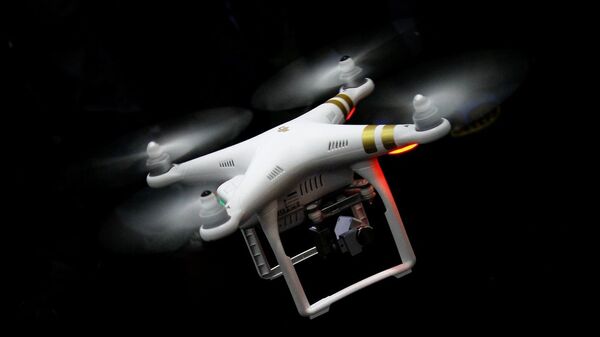The Pentagon has offered insight into what kind of new airborne technology it needs to detect, fool, and defeat enemy radars and air defence systems.
The US Army Combat Capabilities Development Command last week issued a notice asking defence contractors to submit ideas ahead of the Virtual Industry Day, scheduled for 28 September.
"The future multi-domain operational environment will present a highly lethal and complex set of traditional and non-traditional targets", reads the document. "These targets will include networked and mobile air defence systems with extended ranges, and long and mid-range fires systems that will deny freedom of manoeuvre".
To defeat those targets, the army should field an "advanced team of manned and unmanned aircraft" which includes so-called Air-Launched Effects (ALE), according to the notice.
These ALE are in effect drones that can perform one or more of four functions: disrupt enemy targets (including by lethal strikes), act as a decoy against integrated air defence systems, and conduct "active" and "passive" reconnaissance.
The military divides these drones into "small" and "large" categories. Small drones must weight no more than 100 pounds and be able to cruise over a distance of at least 100 km with speeds of 30 knots. The total flight time should be 40 minutes at a minimum, with as much as 90 minutes possible.
The service wants large ALE to weigh no more than 225 pounds, with speeds of at least 70 knots, a combat range of up to 350 kilometers, and a minimum flight time of 80 minutes.
The notices also list five technology areas of interest for investment. These include 1) hardware for the mission payloads; 2) hardware, software, or techniques that would allow the new aircraft to team with other manned and unmanned platforms; 3) software or algorithms to "fuse, process, decide, and act on sensor data" enabling the drones to autonomously react and adapt to the changing environment; 4) multi-function technologies to enhance sensing, communication, and"“lethal strike" capabilities; and 5) Modular Open Systems Architecture to develop systems and software with non-proprietary interfaces.



